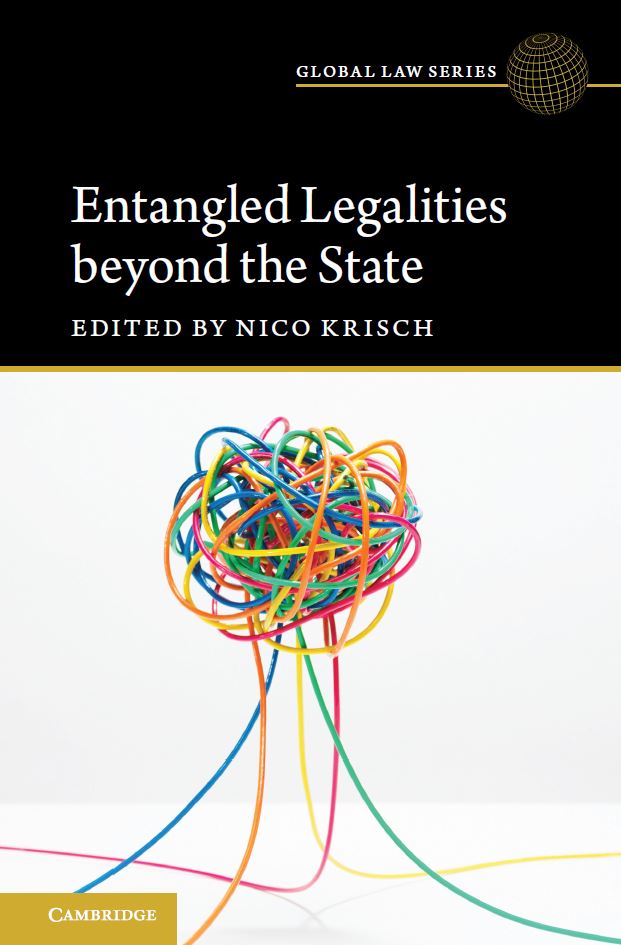Our book on Entangled Legalities beyond the State is finally out electronically – and it’s open access! A great cast of contributors explores how legal multiplicity leads to entanglement, and how this challenges the way we do and think about law. The print version will be out in a few weeks, but you can already start reading (and download chapters or the entire book) here.

The volume is nicely interdisciplinary, with contributions from law, sociology, political science, philosophy, and history. Contributors include Kirsten Anker, Larry Cata Backer, Tobias Berger, Tomer Broude, Francesco Corradini, Keith Culver, Antoine Duval, Julia Eckert, Michael Guidice, Caroline Humfress, Machiko Kanetake, Grégoire Mallard, Ralf Michaels, Tomas Morochovic, Aurel Niederberger, Lucy Lu Reimers, and Brian Tamanaha.
Here is the blurb: Law is usually understood as an orderly, coherent system, but this volume shows that it is often better understood as an entangled web. Bringing together eminent contributors from law, political science, sociology, anthropology, history and political theory, it also suggests that entanglement has been characteristic of law for much of its history. The book shifts the focus to the ways in which actors create connections and distance between different legalities in domestic, transnational and international law. It examines a wide range of issue areas, from the relationship of state and indigenous orders to the regulation of global financial markets, from corporate social responsibility to struggles over human rights. The book uses these empirical insights to inform new theoretical approaches to law, and by placing the entanglements between norms from different origins at the centre of the study of law, it opens up new avenues for future legal research.
The volume is the fruit of the Interface Law project I conducted with Lucy Lu Reimers, Francesco Corradini and Tomas Morochovic as part of the broader OSAIC research group and with the support of the Swiss National Science Foundation and the Deutsche Forschungsgemeinschaft.
